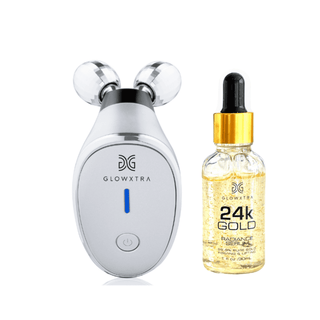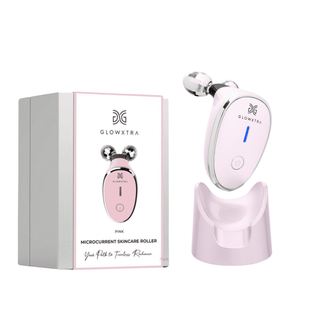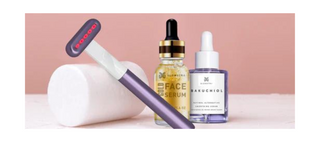Red and blue light therapy, categorized as phototherapy, serves as an effective treatment option for various skin conditions. Phototherapy involves harnessing the power of light for therapeutic purposes. Surprisingly, light can effectively address a wide spectrum of skin issues, including acne, wounds, psoriasis. Given the current trend of increased interest in light therapy and I now seek to delve into the facts surrounding both red and blue light therapy.
Comparing Red Light Therapy and Blue Light Therapy
Blue light falls within the visible light spectrum, responsible for the color blue, with a wavelength of 415 nanometers. Its potency lies in its ability to combat acne by eliminating common acne-causing bacteria. In contrast, red light is situated in the visible light spectrum's red section, characterized by a wavelength of 633 nanometers. Red light is prized for its capacity to diminish inflammation, stimulate collagen production for skin repair, and penetrate deeper tissues to aid with pain relief, hair loss, and muscle recovery.






